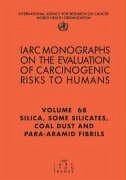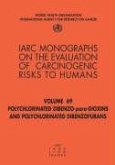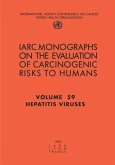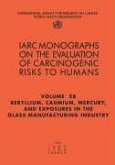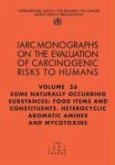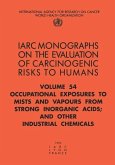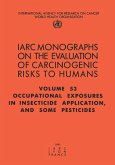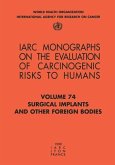Evaluates the carcinogenic risks to humans posed by exposure to crystalline and amorphous silica, some silicates (palygorskite, sepiolite, wollastonite, and zeolites other than erionite), coal dust, and para-aramid fibrils. The volume opens with a discussion of the many complexities involved in assessing the cancer risks associated with occupational exposure to inhaled mineral dusts, and the special toxicological considerations required when evaluating the results of experimental studies. Against this background, the first and most extensive monograph evaluates human and animal carcinogenicity data on silica, concentrating on evidence of an increased risk for lung cancer. On the basis of this evaluation, crystalline silica inhaled in the form of quartz or cristobalite from occupational sources was classified as carcinogenic to humans. For amorphous silica, evidence from both epidemiological and experimental studies was judged inadequate, and amorphous silica could not be classified. For palygorskite, the evaluation found sufficient evidence from studies in rats that long fibres were carcinogenic; studies of exposure to short fibres showed no significant increase in the incidence of tumours. The few studies in humans were judged inadequate. Long palygorskite fibres were classified as possibly carcinogenic to humans. Short fibres could not be classified. For coal dust, several limitations in human studies, largely concerned with excessive mortality from lung and stomach cancer, hindered interpretation of the epidemiological literature. The few adequate experimental studies showed no increase in tumours. Coal dust therefore could not be classified. para-Aramid fibrils likewise could not be classifed in view of inadequates in both the epidemiological and experimental data.
Hinweis: Dieser Artikel kann nur an eine deutsche Lieferadresse ausgeliefert werden.
Hinweis: Dieser Artikel kann nur an eine deutsche Lieferadresse ausgeliefert werden.

